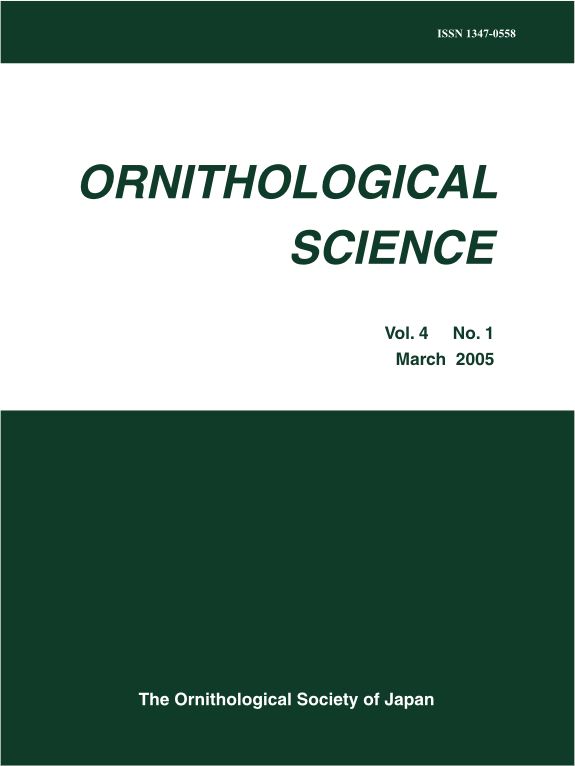Volume 6, Issue 1
July
Displaying 1-6 of 6 articles from this issue
- |<
- <
- 1
- >
- >|
ORIGINAL ARTICLES
-
2007 Volume 6 Issue 1 Pages 1-9
Published: 2007
Released on J-STAGE: September 09, 2007
Download PDF (508K) -
2007 Volume 6 Issue 1 Pages 11-19
Published: 2007
Released on J-STAGE: September 09, 2007
Download PDF (499K) -
2007 Volume 6 Issue 1 Pages 21-27
Published: 2007
Released on J-STAGE: September 09, 2007
Download PDF (540K) -
2007 Volume 6 Issue 1 Pages 29-38
Published: 2007
Released on J-STAGE: September 09, 2007
Download PDF (3123K)
SHORT COMMUNICATION
-
2007 Volume 6 Issue 1 Pages 39-42
Published: 2007
Released on J-STAGE: September 09, 2007
Download PDF (428K)
TECHNICAL NOTE
-
2007 Volume 6 Issue 1 Pages 43-46
Published: 2007
Released on J-STAGE: September 09, 2007
Download PDF (251K)
- |<
- <
- 1
- >
- >|
